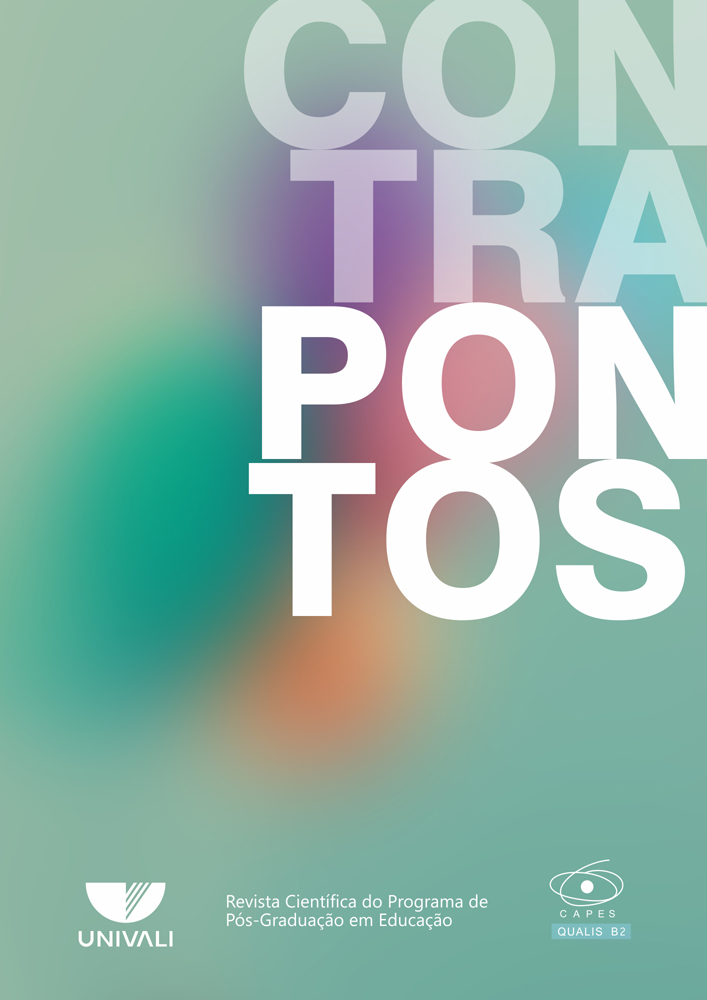
This article presents an excerpt of the ethnography on inter-ethnic relations conducted with a group of self-declared Afro-indigenous, in Caravelas, BA, all of whom belong to the Arte Manha Movement, created in 1988 in the context of the Black and indigenous struggle and resistance. This article describes the place of art, body and Afro-indigenous memory in the movement and in schools, addressing social networks, “meetings” and contact zones. This theme was chosen as a cut-out for this work because the group brought provocations when it brings socio-historical repertoires of their cultures of origin, the appreciation of the Africanities of the African legacy and the indigenous culture and, through strategies, appropriates art, body and memory (BOSI, 1994) as instruments of struggle, resistance and educational practices. This is how the Afro-indigenous people of Caravelas lead the networks of memory and the construction of a past that, in turn, is also the result of creation and of new subjective Afro-indigenous experiences, focusing the body as the center of policies in the sense of (dis)racializing and pluralizing social spaces, art, objects and things, and trace this path in search of memory and ancestry. In the school, the actions depend on the “need” of the group, called interdisciplinary, such as wood carving, drawings, indigenous African dances, and conversations to discuss Afro-indigenous ways of life. The school is an ideal space for carrying out artistic-cultural actions. Thus, as space for exchanging knowledge was established between the participants in a transversal way.





